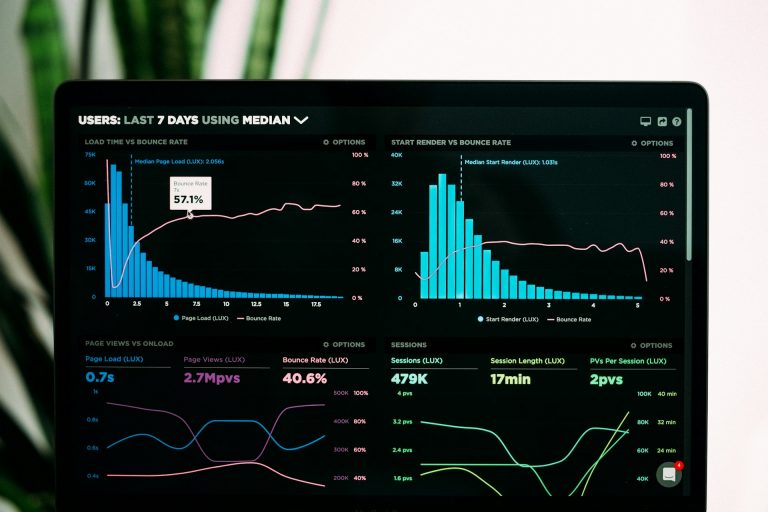Did you know that the quality of your videos can be affected when you convert them between different formats? People often forget but converting a video to a different format will require that its data be re-encoded and compressed once more, and in that process some data will be discarded.
In short if you are going to be converting your video between various formats on a regular basis – you should take steps to protect and preserve its quality. That can be done in several ways:
- Store the original video
Think of the original video file as the highest quality copy of it that you’ll have available. As such you should make it a point to store it, so that at any point you can restore the video to that quality. Without the original video you can’t ‘reconvert’ a video and restore its quality, which is why it is important it be kept intact.
- Convert videos from the original
As mentioned previously data will be discarded when you convert videos, and over time that will affect its quality noticeably. To avoid that you should convert videos from the original (that you should have stored) rather than from converted versions that have already had data discarded in the past.
- Do not adjust the frame rate
When you convert your video you may have the option to adjust its settings – but you should try to avoid adjusting the frame rate. Unlike the resolution, downscaling the frame rate is a bit more involved as it will require frames to be removed from the video. Even in the best of cases that can cause the video to look uneven and start to stutter, so it is best to steer clear of it.
- Make sure the bitrate is high enough
If the video bitrate isn’t high enough compression artifacts will start to appear in the video and affect its quality. The ideal video bitrate will vary depending on the resolution, frame rate, and format that you’re converting the video to. As a guideline a good place to start is with YouTube’s recommended settings.
Overall the steps listed above should help you to keep a video in as close to its original quality as possible – even after it has been converted. That being said there are other factors that could affect its quality as well, but aren’t linked to the format or video settings.
In some cases you may not have to worry so much about the video settings if the converter you use will handle it automatically (or has presets that does). For example if you convert MOV to MPEG using Online Video Converter, you won’t need to set the bitrate or any other settings.
Assuming you follow the steps listed above, if you ever do notice that the quality of your video is suspect – you can restore it from the original. That will provide you with an invaluable fallback, which makes it arguably the most important step to take.









